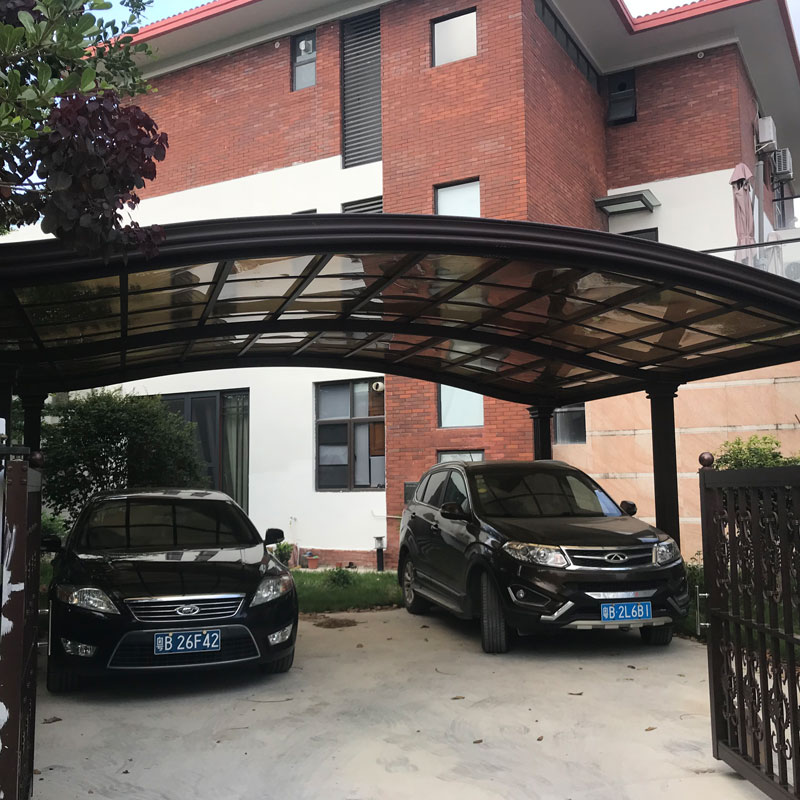What are the best materials for a canopy tent?
2024-09-30

What are the different types of canopies?
There are several types of canopies available in the market. They include:
- Pop-up canopies
- Pole canopies
- Frame canopies
- Beach canopies
- Portable canopies
What are the best materials for a canopy tent?
Canopy tents can be made from a variety of materials, each with its own advantages and disadvantages. The most popular materials used for canopy tents include:
- Polyester: Lightweight, easy to clean, and affordable.
- Canvas: Durable, water-resistant, and great for long-term use.
- Vinyl: Waterproof and sturdy, but heavier than polyester or canvas.
- Nylon: Strong, lightweight and easy to pack. Recommended for camping and backpacking.
- PVC: Excellent waterproofing and resists UV rays. Not commonly used due to its weight and cost.
What factors should be considered when choosing a canopy tent?
Several factors should be considered when choosing a canopy tent, including:
- Size of the tent
- Material of the tent
- Portability and easy setup
- Water resistance and UV protection
- Price
- Quality and durability
It is essential to consider these factors before investing in a canopy tent to ensure you get the best value for your money.
What are the benefits of having a canopy tent?
Canopy tents are great investments that come with several benefits, including:
- Protection from the sun and rain
- Easy and quick setup
- Portability and storage convenience
- Versatility - can be used for outdoor events, camping, and other outdoor activities
- Cost-effective compared to other types of shelter
Conclusion
Canopy tents are great outdoor shelters ideal for various events and activities. When choosing a canopy tent, it is essential to take into account factors such as size, material, portability, water, and UV resistance. Choose a canopy tent made with the right material to provide the desired result and last longer.
Foshan Yuhoujiaoyang Building Materials Co., Ltd. is a company specializing in the production of canopy tents, carports, and awnings. Our products use high-quality materials, and we guarantee excellent quality and durability. Contact us today at yuhoujiaoyang01@gmail.com, and let us provide you with the best outdoor shelter solutions. Visit our website at https://www.yhjy666.com.
Scientific Research Papers
Bishwakarma, M., Rogers, T., & Conley, C. (2020). The influence of canopy materials on riparian understory plant communities in the Eastern Sierra. Environmental Monitoring and Assessment, 192(5), 1-13.
Chen, C. (2018). The effects of canopy material on solar panel microclimates. Environmental Progress & Sustainable Energy, 37(1), 152-160.
Friedman, S. K., & Chaney, H. W. S. (2019). Multiscale analysis of insect communities in oak canopy microclimates. Ecosphere, 10(5), e02783.
Okumura, M., Ishida, A., Kyuma, K., & Yasuda, M. (2021). Allometric equations for above- and below-ground biomass estimation of the understory tree ferns Cyathea podophylla and Alsophila spinulosa. Journal of Plant Research, 134(4), 623-633.
Tajchman, S. J., Ornelas, J. F., & González-Gallegos, J. G. (2021). The bamboo of the understory of mesophytic forests of western Mexico. American Journal of Botany, 108(2), 287-295.
Yamada, T., Yorozuya, T., Ishida, A., & Ohtsuka, T. (2018). Rice stem borer resistance and mechanical properties of rice culm in response to differential light environments. Annals of Applied Biology, 172(2), 169-181.
Zhang, Y., Li, Y., Yang, Y., & Xiao, Y. (2019). In situ observations and process studies of summertime shallow cumulus clouds over the Tibetan Plateau. Journal of the Atmospheric Sciences, 76(2), 469-481.
Abrams, B. F., & Robles, M. D. L. (2019). The importance of plant species identity and soil nutrients in determining leaf-litter decomposition rates in tropical forests. Plant Ecology, 220(4), 301-312.
Chambers, J. Q., Roberts, D. A., & Guimarães Jr, A. F. (2019). Assessing the regional full‐carbon cycle of Amazonia: a methodological outline of the Amazon Forest Inventory Network (RAINFOR). Ecological Applications, 29(3), e01856.
Wakae, K., & Ozaki, K. (2020). Foliar nutrient concentrations in canopy trees of warm temperate rainforests vary with their successional status and life forms. Journal of Forest Research, 25(6), 315-321.
Wang, J., Siddique, I., & Kharecha, P. A. (2021). Integrated assessment of black carbon impact on Arctic sea ice. The Cryosphere, 15(2), 533-546.




















































